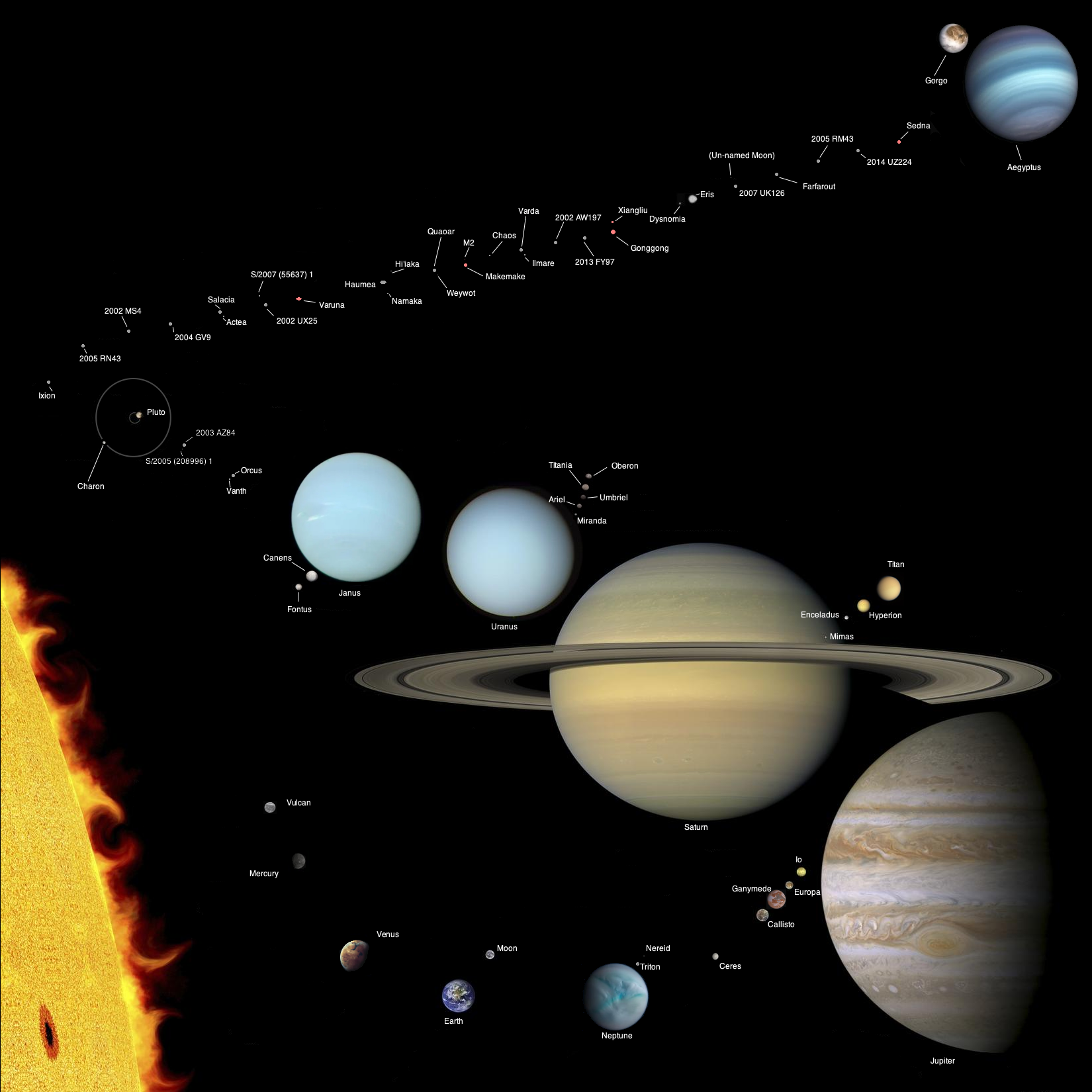Here is my take on alternate Mars (Neptune).
The second entry for my alternate solar system project - involves Neptune. Instead of the Mars in our reality, the planet forms much larger and takes on the name Neptune from Early humans. I have kept some of the details vague as I do not have accurate descriptions or a way to properly calculate them.
---
As the majestic "Big Brother" of our inner solar system, Neptune stands out as the largest terrestrial planet, boasting a mass approximately two and a half times that of Earth. Its enchanting blue appearance, which captivated early humans, led to its name derived from the Roman God Neptune. For centuries, Neptune's ethereal blue hue sparked countless legends and myths, evoking a sense of wonder and intrigue.
It was during the modern era that humanity began to unravel the secrets of Neptune. Pioneer astronomer Giovanni Schiaparelli made groundbreaking telescopic observations, unveiling the planet's distinct clouded blue appearance. Initially, many believed Neptune to be a gas giant. However, continued observations throughout the 19th and 20th centuries revealed a surprising array of 17 small asteroidal moons orbiting the planet. These moons bear names inspired by water and sea-related deities from mythology. Among them, Triton reigns as the largest, measuring approximately 100 miles across. With its oblong shape, Triton orbits Neptune in close proximity. Intriguingly, Triton defies convention by orbiting in the opposite direction to the planet's rotation - as a captured moon. Triton is doomed to be broken apart by Neptune's gravity within the next few million years. Neptune is much colder than Earth.
Neptune rotates on it's side, and a year on Neptune is about twice that of Earth. Also accompanying Neptune is a thin ring system only visible with high power telescopes.
In the 1950s, it was discovered that Neptune is not infact a gas planet, but an Oceanic planet with a global ocean of water that extends across the entire surface of the planet. Hidden beneath its thick atmosphere, composed of water, nitrogen, and carbon dioxide, lies a vast global ocean that stretches across the entire planet's surface. The mysteries of this planetary-wide ocean continue to captivate scientists and explorers. Numerous probes have been sent to Neptune, capturing some of the first images of another planet seen from space and shedding light on the planet's enigmatic features.
![the_work_of_thousands [worlda versions of solar system].png the_work_of_thousands [worlda versions of solar system].png](https://www.alternatehistory.com/forum/data/attachments/825/825421-5333b8c4922df5de73982fceab86fb65.jpg)

